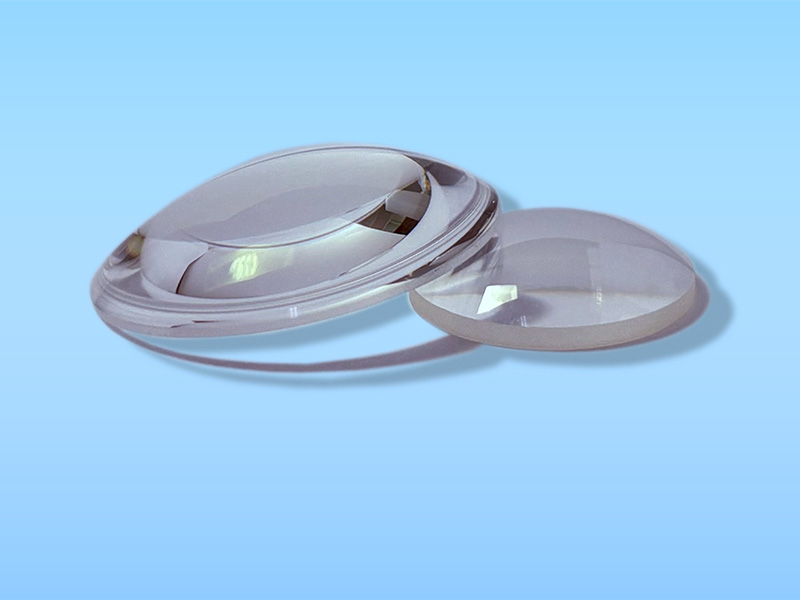Aspherical lenses
Feature and Advantage:
- Efficiently correct various aberrations
- Lightweight and miniaturized system
- Enhance energy focusing efficiency
- Adapt to complex lighting environments
PRODUCT
Detail
Aspheric lenses refer to optical lenses with non-uniform surface curvature. Their cross-sectional contour does not conform to a standard spherical shape (i.e., the curvature radius at different points on the surface is different). They are usually of a quadratic surface (such as a paraboloid, hyperboloid, or ellipsoid) or a high-order polynomial surface. Compared with traditional spherical lenses, aspheric design achieves more complex light regulation by precisely controlling the surface curvature. It can significantly reduce spherical aberration, simplify the optical system, reduce the number of lenses, and expand the field of view and aperture, improve image uniformity, and enhance the cost-effectiveness and compactness of the optical system.
Produced according to the drawings after technical assessment.
|
Specifications
|
|||||
|
Material
|
IRR(General)
|
IRR(High precision)
|
Roughness(General)
|
Roughness(High precision)
|
Centration
|
|
Si,Ge,AL,Au
|
PV<0.2μm,
|
PV<0.15μm
|
Ra<5nm
|
Ra<3nm
|
≤3'
|
|
RMS<0.02μm
|
RMS<30nm
|
||||
|
Chalcogenide glass,plsstic
|
PV<0.2μm,
|
PV<100nm
|
Ra<3nm
|
Ra<0.5nm
|
|
|
RMS<0.02μm
|
RMS<20nm
|
||||
|
Glasses, FS
|
PV<0.2μm,
|
PV<100nm
|
Ra<3nm
|
Ra<0.5nm
|
|
|
RMS<0.02μm
|
RMS<20nm
|
||||



